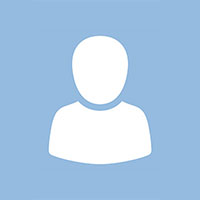Trans-Pacific Transit 2023: deep-diving ocean partnership sets sail
BGS has joined a multidisciplinary research expedition to ‘explore the unexplored’ and fill in some of the biggest gaps in our knowledge of the oceans' darkest depths.
04/10/2023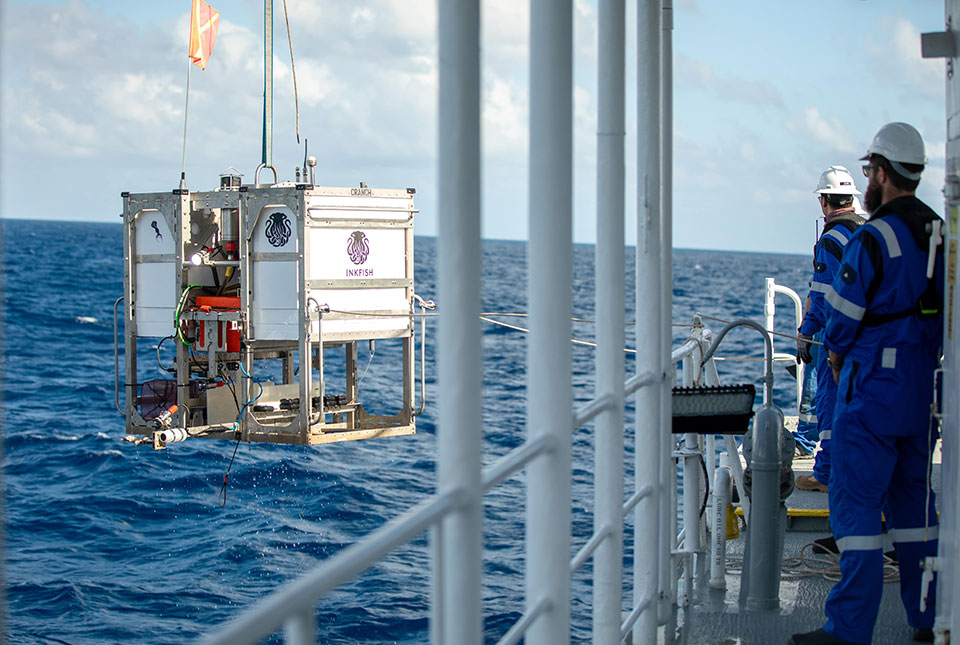
Sail across the surface of an ocean and beneath you lie hundreds of millions of cubic miles of mystery — and what lies at the bottom is shadowier still. Underwater landscapes the size and complexity of continents, unknown ecosystems and processes that defy study from the surface means there are many gaps in our knowledge that science is hoping to fill. Due to the challenges of research at even moderate depths, almost every expedition venturing below 3000 m throws up a surprise.
The Trans-Pacific Transit Expedition
The Open Ocean Research Program kicked off in early June 2023 on its first exploratory voyage entitled the ‘Trans-Pacific Transit Expedition’. Study will be based around a series of transits in the south-eastern Pacific Ocean that will continue through November and December 2023. The multidisciplinary team is composed of scientists from:
- BGS (leading geology)
- University of Western Australia (biology)
- Oceanly Science (physical oceanography)
- Inkfish (ocean research)
Inkfish is also financing the project.
The researchers aim to engage local nations, for whom evolving oceanic processes have measurable impact day-to-day, and use the assets of all partners to make our view of the deep ocean sharper than ever before.
The game changer with what we hope to achieve here is scale. No other programme can support multiple, global, repeatable series of complementary research expeditions. Of course, we will find new features and new species — but that is almost a bonus to the work we hope to undertake.
Heather Stewart, BGS Marine Geologist and primary investigator for the programme.
A rich field for research
This first expedition has three principal aims:
- conduct a detailed survey of the little-known fauna encountered to study their abundance, biodiversity and genetics
- fill in the many gaps in the geological maps of the world they inhabit to understand the structures, processes and habitats of the deep sea
- analyse the dynamic oceanic systems over a large latitudinal and longitudinal area
The project will focus on the Pacific abyssal plains. The six legs of the expedition will use technologies such as free-fall landers, armed with a scientific payload to make in situ observations at full-ocean depth, and submarine survey equipment such as multibeam echosounders capable of mapping even extreme points of the sea floor from a surface vessel at superior accuracy.
Deep-sea exploration is always going to be tricky given the sheer water depths we are working in. We hope to reveal sea-floor features such as preserved spreading fabrics and knolls and seamounts that have recorded a history of volcanism, ridges and faults. We will cross multiple fracture zones that record offsets in the mid-ocean ridge where crust is created. The sea-floor video will give us insights into the composition of the seabed and the biological communities that live there.
Heather Stewart, BGS Marine Geologist
Several of the features surveyed over the course of the six-month Trans-Pacific Transit Expedition, which ends in Tonga in January 2024, will be ‘new’ — features that existing, low-resolution satellite altimetry data have thus far failed to resolve.
Over 50 per cent of the planet lies at a depth of nearly 4000 m and the Pacific Ocean hosts the greatest area of abyssal plains: 47 555 030 km2. Locations around the Pacific Rim, such as Japan, Hawai’i, California, Chile and Aotearoa New Zealand, have collected significant baseline data in their waters. However, there is little to connect these datasets across these intermediate expanses of water.
Sampling efforts on the abyssal plains have been severely constrained by limited time and resources. As a result, large spatial and ecological patterns in species diversity, abundance, genetic links and habitat characteristics remain poorly understood across the wider Pacific basin. The scale of data acquisition undertaken during this expedition is unprecedented.
Prof Alan Jamieson, chief scientist of the expedition based at the Minderoo-UWA Deep Sea Research Centre.
Hades of the deep
The hadal zone (named for Hades, the Greek god of the underworld) represents the most enigmatic of undersea terrains. At depths ranging from 6000 to 11 000 m, this zone includes the planet’s deepest and most remote ocean trenches. Found in seismic regions where tectonic plates meet and plunging deeper than Mount Everest is high, the trenches have long been out of sight and reach to all but the most specialised expeditions.
Despite only a quarter of a per cent of the world’s sea floor being in the hadal zone, it accounts for just under half (45 per cent) of its entire depth column. Most of these ocean-abyss environments are found in the Pacific, around the so-called Ring of Fire where the sea floor is being dragged beneath continental plates in subduction trenches that can reach enormous depths. Later expeditions in the Open Ocean Research Programme hope to visit a number of these in 2024.
Heather, who is leading the expedition’s geological exploration of the seabed and its evolution over time, is no stranger to the challenges and potential of extreme depths: previously she was chief geologist for the Five Deeps Expedition. The vessel from this record-breaking challenge has been re-named to RV Dagon and the submersible re-named to Bakunawa, with both forming an integral part of this new research programme. The research craft present an opportunity that is fiercely rare: Bakunawa is one of only two operational craft in the world capable of reaching Challenger Deep, the most extreme point of the planet’s surface lying just short of 11 km beneath the waves.
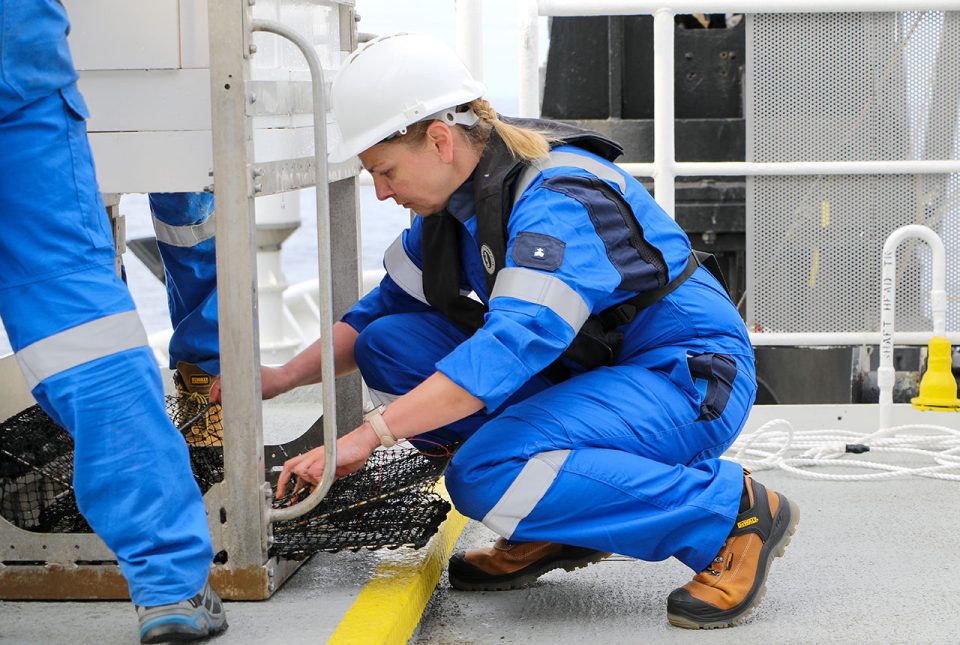
Marine geologist Heather Stewart working with scientific landers onboard RV Dagon in the Pacific Ocean. © Inkfish.
Accidental discoveries on the ocean floor
The history of sea-floor exploration has thrown up its share of accidental discovery. Much insight into the oceanic landscape of the Pacific came courtesy of professor and navy commander Harry Hammond Hess during the Second World War. Results from his echo sounder running constantly yielded a landscape profile that formed the basis of his 1962 paper, ‘History of ocean basins‘. His analysis of the plains, guyots, ridges and trenches birthed the concept of sea floor spreading, work that was further refined into the theory of plate tectonics by Canadian and British scientists. Their analysis of military magnetometer readings found symmetrical stripes of alternating polarity in sea-floor rocks either side of oceanic ridges, giving a timestamp for the Earth’s many magnetic inversions and the evolution of the sea floor.
More recently, the most accurate measurement for the Challenger Deep (10 983 m) was determined not by intention, but from calculations made from the sonic signature of an implosion of a scientific instrument.
These all show just how hit-and-miss discoveries have been regarding the terrain that covers some 71 per cent of the planet’s surface and how purposeful targeted research with state-of-the-art equipment could be.
A new kind of expedition
With the multidisciplinary, repeatable nature of the Open Ocean Research Programme, scientists on board hope to use the unique platform to enhance the quality of data collection to a level impossible with traditional research expeditions.
For me, the opportunity to undertake multiple expeditions in one large geomorphological feature such as a subduction trench is unprecedented in our field. Working across disciplines with engineers, biologists and oceanographers is always something I enjoy as the extra dimension you get from working outside your own field frequently throws up new questions to explore and a new twist on how we view the data.
Government-funded research tends to support standalone projects rather than those undertaken as part of an ambitious, coherent network of global expeditions. Inkfish have provided us with a unique opportunity for open ocean exploration and discovery. The flexibility to remain in one geographic area for more than one cruise allows us to acquire a comprehensive dataset with which we can test multiple, cross-discipline hypotheses.
All the research we will undertake will be published open access, so any interested party can explore our findings, whether for planning and decision-making purposes as part of the blue economy and conservation or to guide future offshore expeditions implemented by other groups around the world.
Heather Stewart.
Inkfish, meanwhile, is pleased to support marine researchers from around the world, bringing together diverse perspectives to collectively understand the deep sea. The team hopes to share discoveries as the expedition progresses.
About the author
Relative topics
Related news
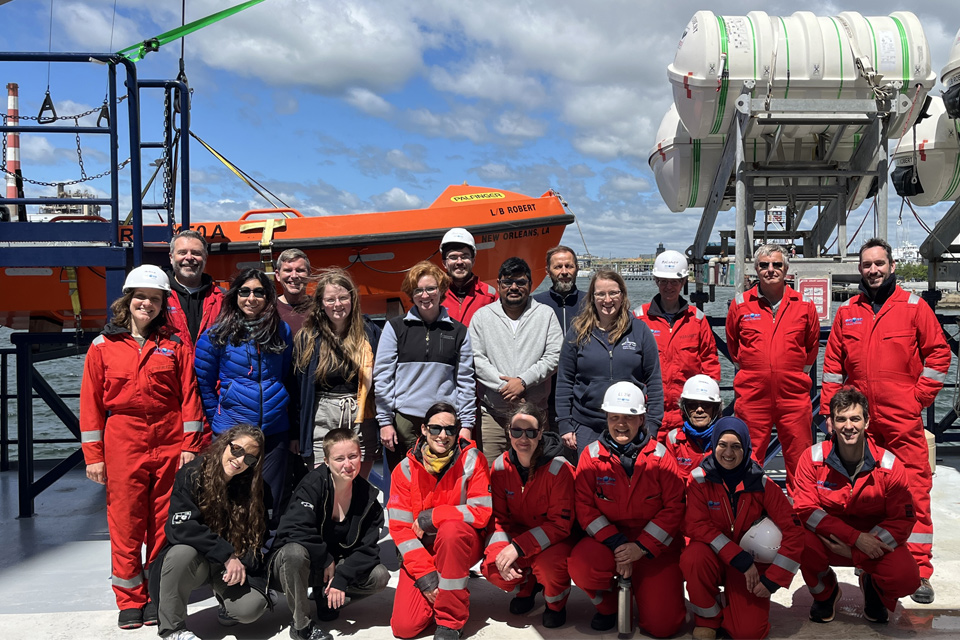
BGS scientists join international expedition off the coast of New England
20/05/2025
Latest IODP research project investigates freshened water under the ocean floor.
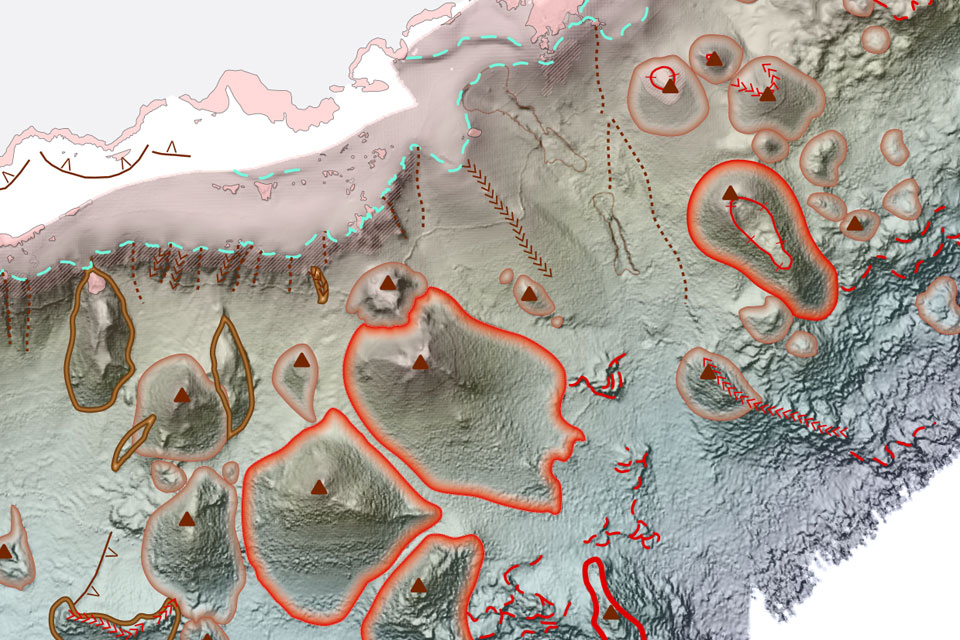
New seabed geology maps to enable long term conservation around Ascension Island
01/04/2025
BGS deliver the first marine geology and habitat maps for one of the world’s largest marine protected areas.
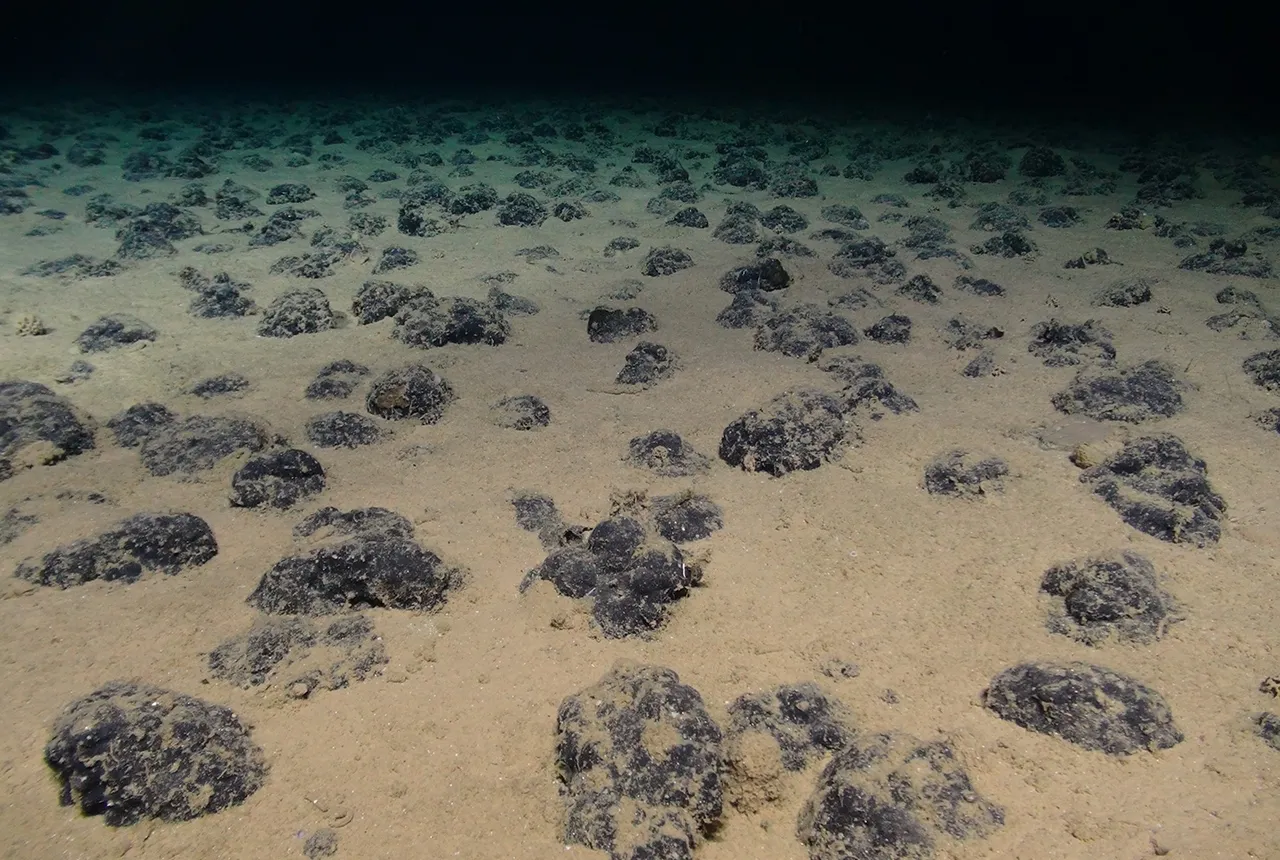
New study reveals long-term effects of deep-sea mining and first signs of biological recovery
27/03/2025
BGS geologists were involved in new study revealing the long-term effects of seabed mining tracks, 44 years after deep-sea trials in the Pacific Ocean.
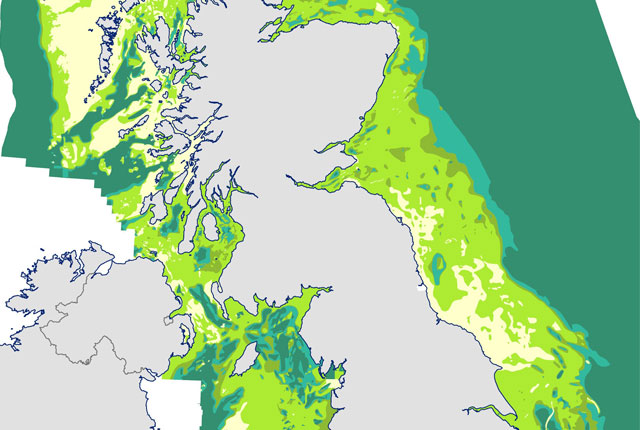
Seabed geology data: results from stakeholder consultation
31/01/2025
BGS collected valuable stakeholder feedback as part of a new Crown Estate-led initiative to improve understanding of national-scale seabed geology requirements.

New research reveals the secrets of the seabed off the East Anglian coast
11/07/2024
New geological map will help in the hunt for new renewable energy opportunities whilst protecting delicate marine ecosystems.
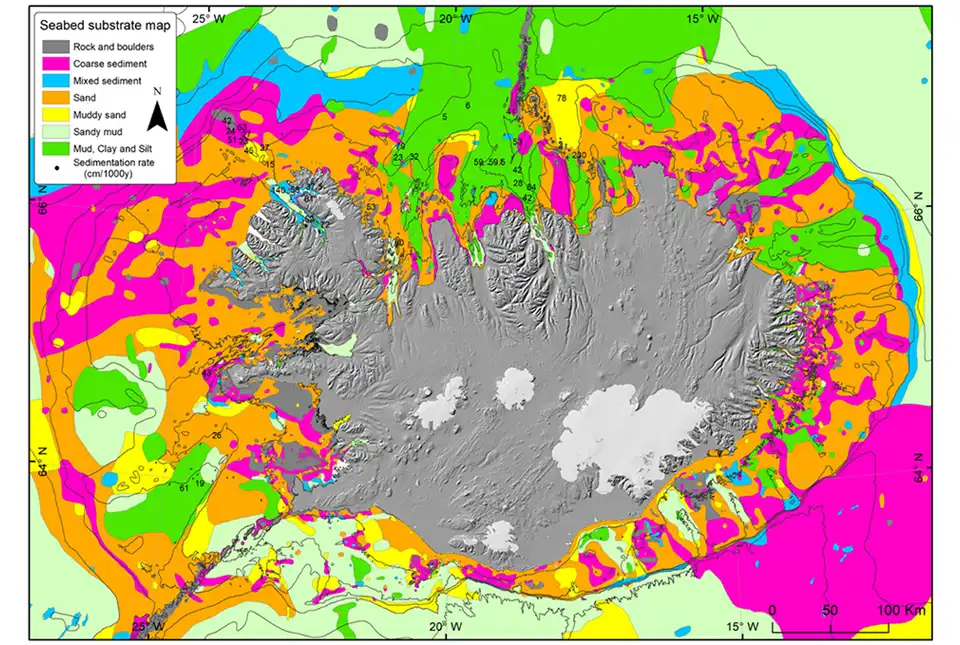
BGS awarded research grant to support potential offshore wind development in Iceland
13/05/2024
BGS has been awarded the NERC-Arctic grant for a collaboration project with Iceland GeoSurvey.
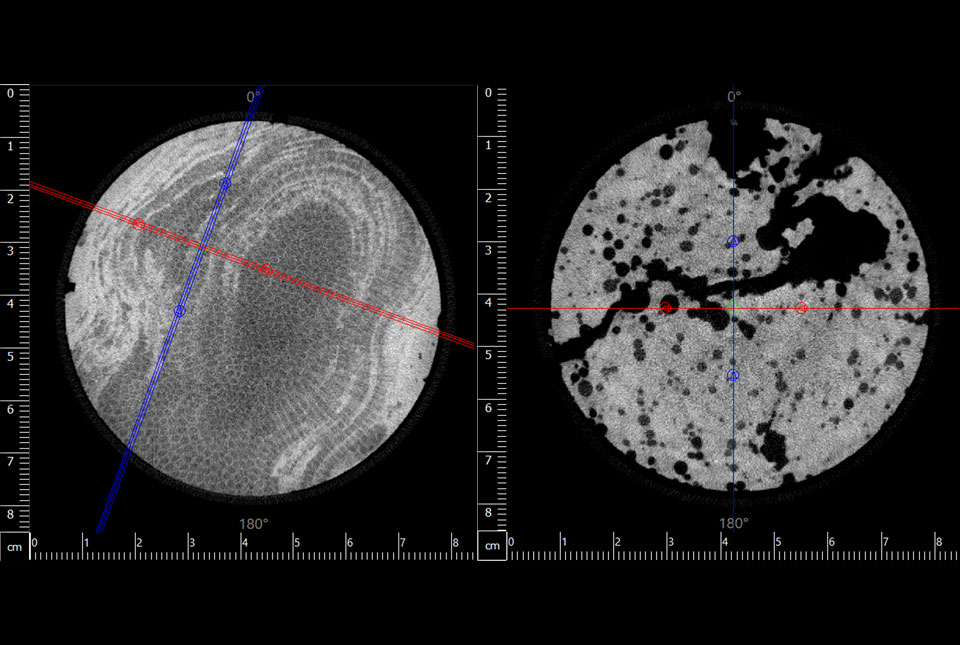
Largest CT core scan completed at the BGS Core Scanning Facility
09/05/2024
BGS has completed its largest CT core scan project to date, with around 400 m of core imaged for the IODP Drowned Reefs project.
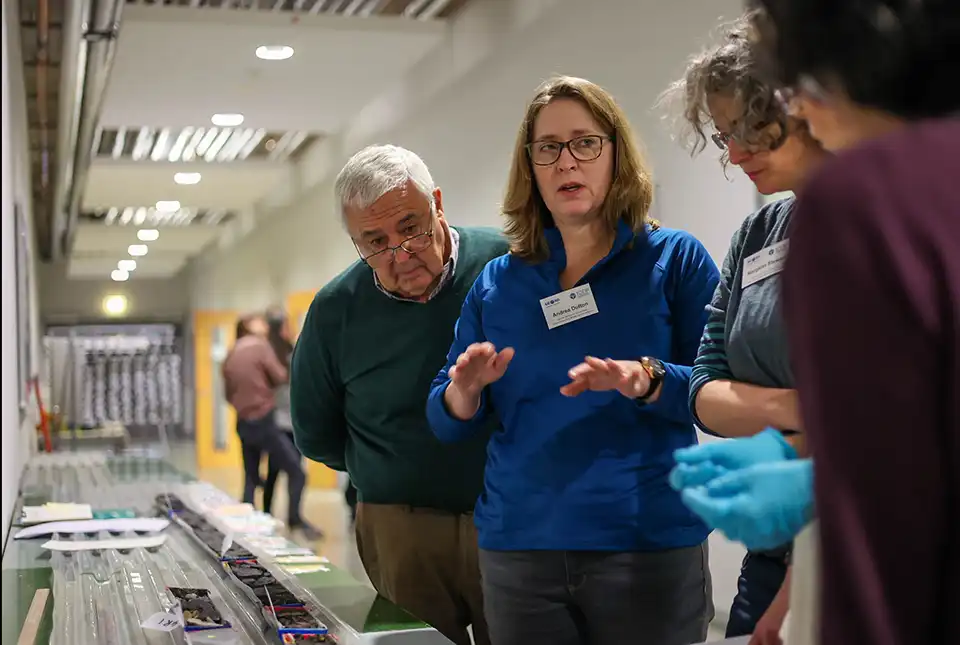
Scientists produce first record of environmental data off coast of Hawai’i
01/03/2024
An international team of researchers, including BGS geoscientists, have succeeded in acquiring a continuous record of environmental data using fossilised coral from Hawai’i.
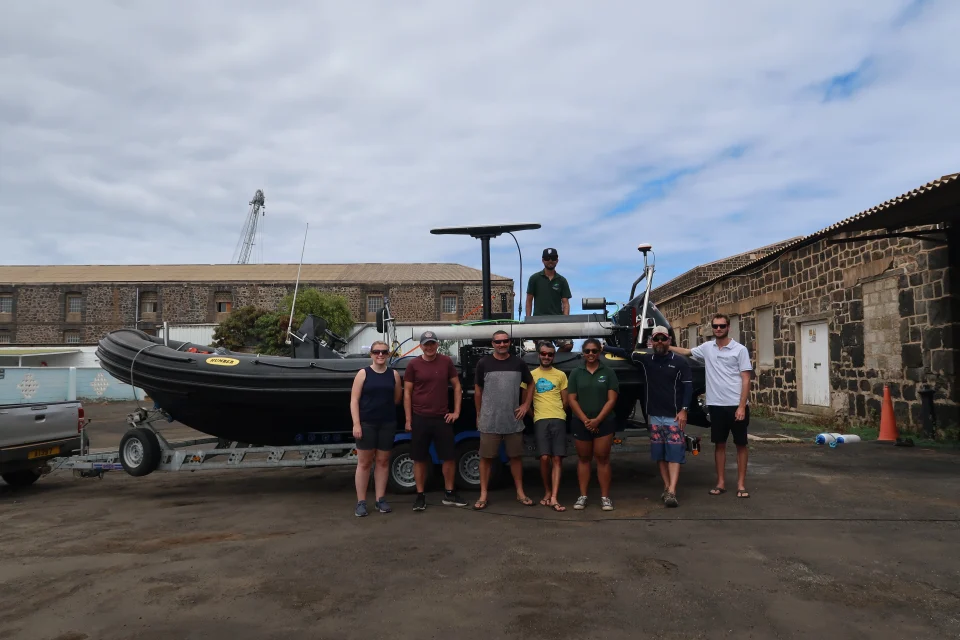
In photos: marine surveying a remote volcanic island
14/12/2023
A photo blog by members of the BGS Marine Survey team, who recently completed marine surveys around Ascension Island in the South Atlantic Ocean.
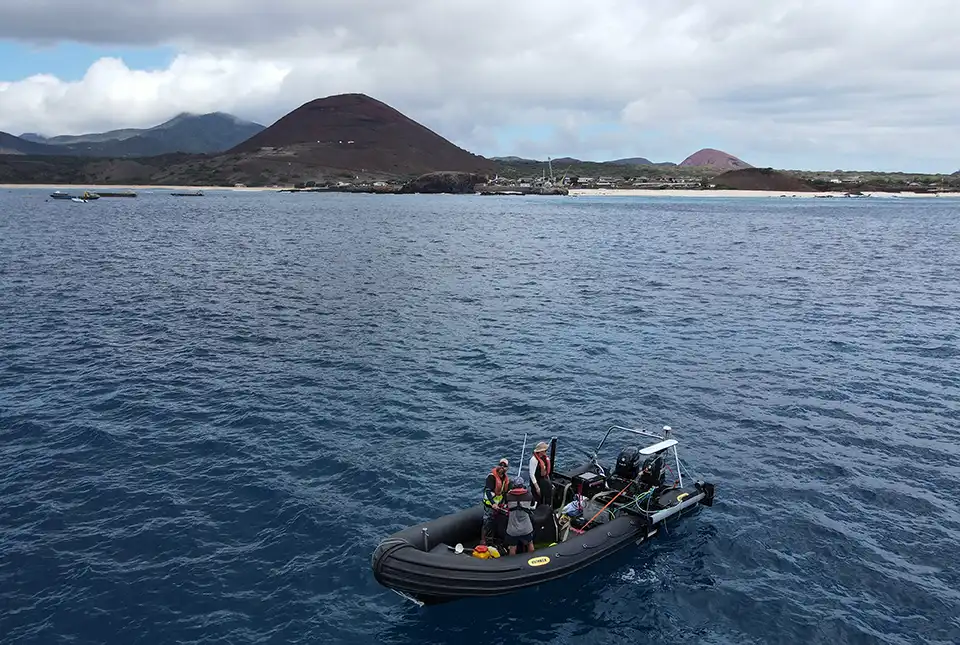
BGS completes first mapping expedition to Ascension Island
11/12/2023
BGS marine geoscientists travelled to Ascension Island to support its government with an ongoing, conservation-driven mapping programme.
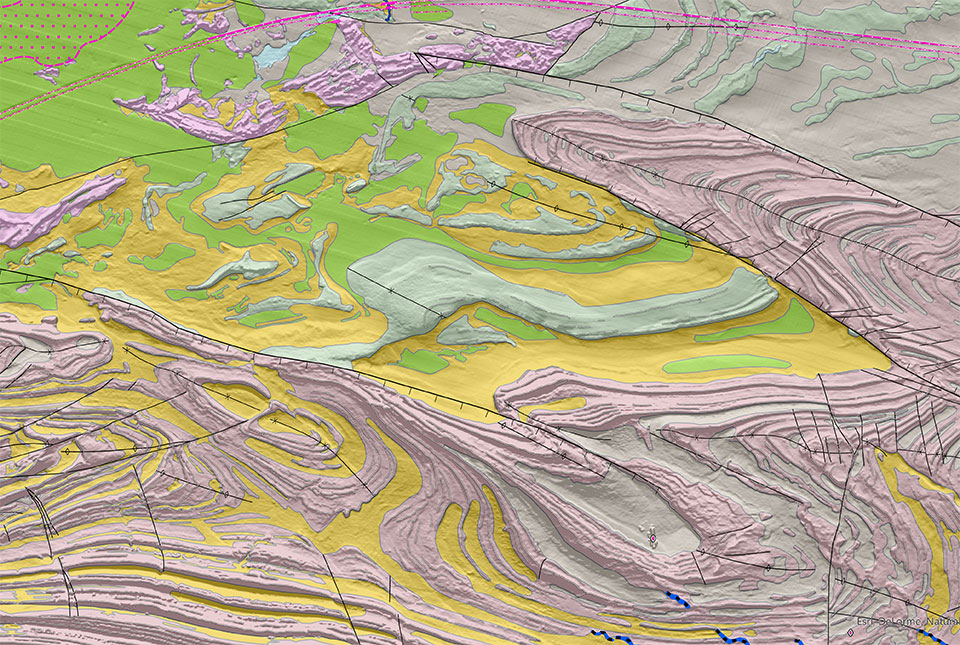
Industry-leading data sharing partnership announced
02/11/2023
A data sharing partnership has been agreed between BGS and Ossian, allowing BGS to advance its knowledge of the rock and soil conditions under the seabed.
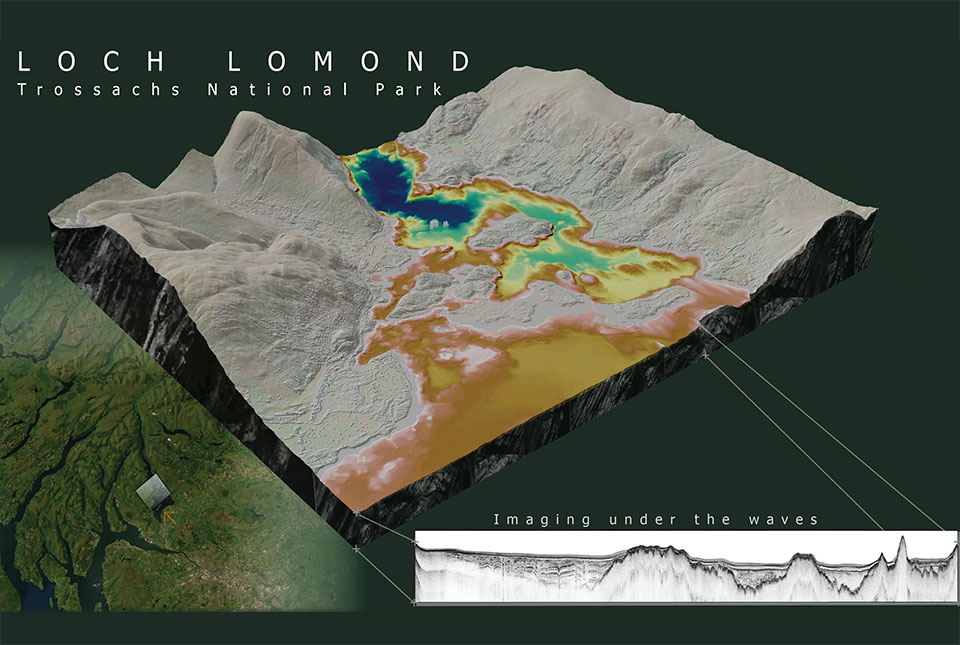
What lies beneath Loch Lomond?
17/10/2023
BGS geoscientists have visualised what lies beneath the waves of Loch Lomond, revealing an image of the loch bed and various sedimentary features of the subsurface.




